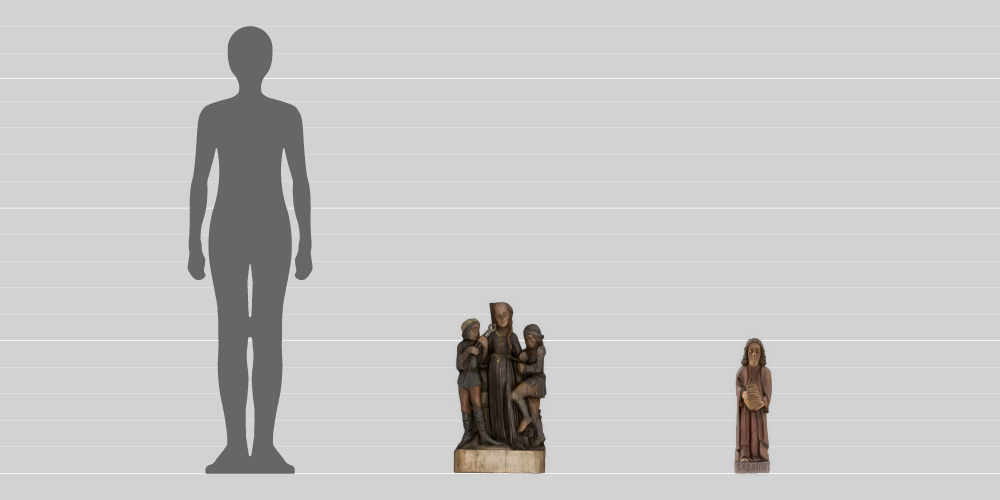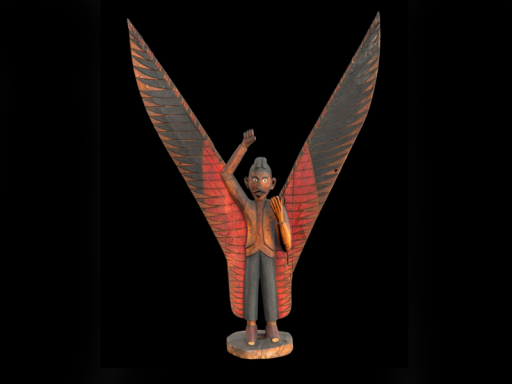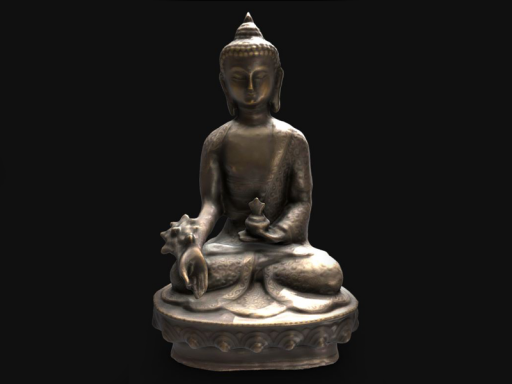
Curriculum links
About this object
These statues, made about 300 years ago, are of two Christian martyrs – people tortured and killed for their beliefs. Both these martyrs were killed around the year 250 CE. Adrian (from Turkey) was beaten so much that his belly split open. Apollonia (from Egypt) was hit in the mouth until her teeth shattered and then had them removed with pliers. Many Christians – particularly Catholics – consider Adrian and Apollonia to be saints: holy people who become very close to God after death, and who can therefore encourage God to reduce pain and suffering on Earth. People used these statues as a focus for their prayers: Saint Adrian’s was used when they had stomach problems and Saint Apollonia’s when they had toothache.
Faith and medicine today
Over the past 300 years medical scientists have discovered the causes of most diseases, and have developed effective medicines and treatments for many of them. However, many people still turn to faith when they are ill.
Learn more about Saint Adrian and Saint Apollonia from the Science Museum Group Collection website.
Discussion questions
- Do you think praying can help people who are in pain?
- Why do you think some people are tortured and killed for their beliefs?
- What do you do to help you feel better when you are ill, besides taking medicines?



